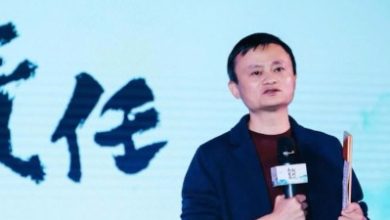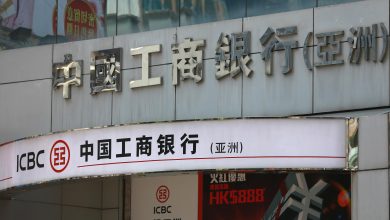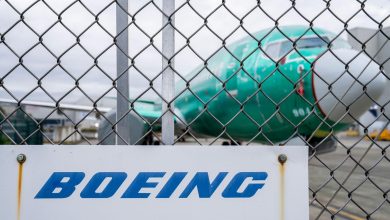Sam’s Club, Lululemon among brands defying China consumption dip
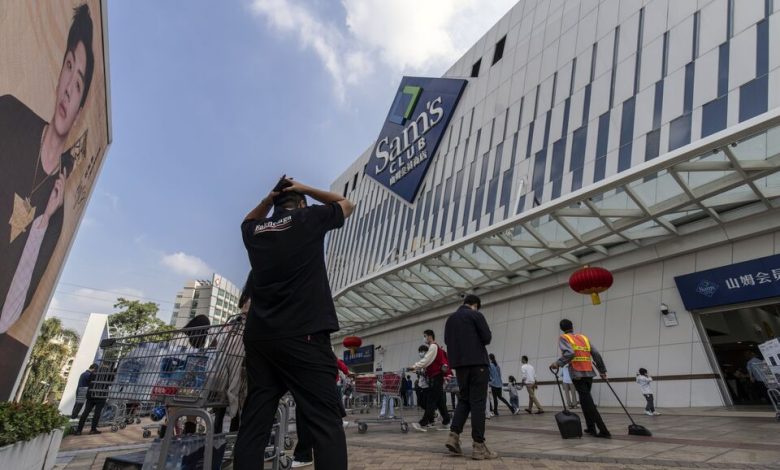
AMID anaemic consumer demand in China, some brands are still seeing double-digit sales growth in signs that it’s not all gloom and doom in the world’s No 2 economy.
While top luxury brands and discount retailers alike are struggling with sluggish demand, a select few consumer companies have managed to deliver astronomical gains reminiscent of times when China’s economy was booming.
“Chinese consumers are becoming more mature and rational amid the challenging macro environment,” Sherri He, managing director at Kearney China, said, pointing to how they are increasingly looking for value and feel-good factor. “Retailers have a chance at winning only when they cater to those needs well.”
Here’s a closer look at what’s setting the winners apart from the others:
Sam’s Club
Sam’s Club, Walmart’s members-only warehouse division that caters to bulk shoppers, is defying the supermarket slump in China. Sam’s has customers hooked with products ranging from fresh produce to baked foods and beverages to household supplies. That shoppers frequently share their favourite Sam’s picks on social media reflects the cult-like following it enjoys among middle-class consumers.
One of the factors that’s worked for Sam’s is its less-is-more approach – instead of overwhelming customers with multiple brands of the same product at various price points and in differing quality. Sam’s Club only sells the best of its kind, either from a brand already on the market or under its private label Member’s Mark that it’s developed with suppliers picked from across the country.
BT in your inbox

Start and end each day with the latest news stories and analyses delivered straight to your inbox.
“It’s like they have already done the selection for you,” said Xiaomai Zhang, a Sam’s member since 2014 in Shanghai. “You can simply buy what you need without having to compare multiple brands, making the shopping experience more straightforward and stress-free.”
Delivering that kind of customer experience has helped boost Walmart’s comparable sales in China by 13.8 per cent on-year in the quarter ended Jul 31, while Sam’s China membership income jumped by 26 per cent during the period.
Lululemon, Arc’teryx
The appeal of athleisure and casual wear, which gained traction during the stay-at-home era of the Covid-19 pandemic, appears to be growing on the back of China’s 500-million-strong middle class increasingly embracing an active lifestyle.
That has bolstered Lululemon Athletica’s growth in the country this year, despite facing competition from a sea of cheaper alternatives. In the latest quarter ended Jul 28, the company’s net revenue and comparable sales in mainland China increased by 34 per cent and 23 per cent, respectively.
Companies are learning to tap this evolving cohort of shoppers by leveraging peer influence. These days, owning Arc’teryx activewear is being touted on social media as one of the “must-haves of the middle class”.
Hence it’s no surprise why some signature outdoor jackets from the Canadian apparel maker get snapped up on Tmall, Alibaba Group Holding’s online marketplace, despite similar offerings from local brands at a fraction of the price.
The brand’s owner Amer Sports – which was bought by a consortium-led by China’s Anta Sports Products in 2019 – reported a 54 per cent year-over-year increase in sales in greater China, with the western brand outperforming the Anta label in this part of Asia.
China’s millennials now account for the bulk of the middle class, and they are now more discerning and look beyond the mass-market offerings from the likes of Nike and Adidas, according to Ernan Cui, China consumer analyst at Gavekal Dragonomics.
That explains the growth of relatively smaller athletics brands such as On Holding Ag and Hoka, most of whose running shoes carry a price tag of more than 1,000 yuan (S$183) in China.
Tennis great Roger Federer-backed On said its second-quarter net sales grew 74 per cent in the Asia-Pacific, primarily driven by strong sales in Japan and China. Hoka has been on an expansion spree after Chinese consumers developed a kind of obsession with the brand.
Case in point: Hoka’s hot-selling product Tour Summit that sold out instantly upon launch. While the shoes do not exactly look out of the ordinary, its main draw has been the excellent cushioning and shock absorption features that make them the comfort footwear of choice not just for running, but also for work and as everyday wear for Chinese shoppers looking for value.
Proya, Xiaomi
Homegrown Proya Cosmetics outsold global rivals from L’Oreal, Lancome and Estee Lauder in the first half this year on Tmall, a key retail platform for cosmetics in China. The company reported a stunning 38 per cent revenue growth in this period when global rivals saw their business in China either stay flat or shrink.
Much of the credit goes to the company’s 2.34 billion yuan marketing campaign featuring 24-7 non-stop livestreaming across multiple stores on Douyin, the Chinese cousin of TikTok, that aimed to make its Ruby facial cream just as iconic as the Lancome Absolute soft cream and Estee Lauder anti-ageing one.
The Ruby facial cream retails for less than 300 yuan, and Chinese social media is teeming with posts on how consumers are replacing foreign brands in their daily skincare routine.
Another company that’s thrived through the slowdown is Xiaomi, the smartphones-to-electric vehicles maker. Xiaomi’s customers count on it to make a cheaper version of a high-end product from other brands that they cannot afford.
As a result, it’s built an ecosystem of home appliances that can be controlled remotely, at costs that are affordable. Xiaomi’s second-quarter smartphone revenue increased 27.1 per cent on-year to 46.5 billion yuan, while white goods such as air conditioners, refrigerators and washing machines also registered strong growth.
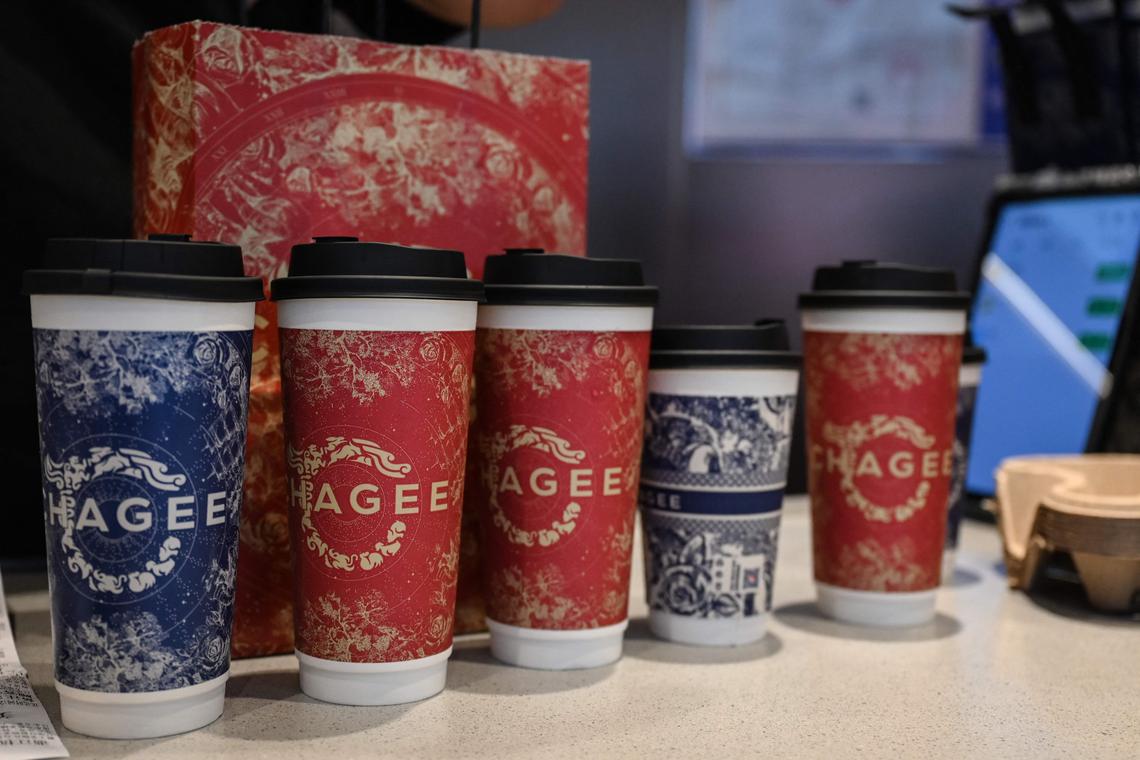
Chagee
Chengdu-based tea beverage chain Chagee has been on an expansion spree in China, opening stores that boast a lounge vibe similar to Starbucks stores.
Selling traditional Chinese green, black and Oolong tea blended with milk-based creamer for a little more than US$2, Chagee has seen the number of its storefronts more than triple to 4,500 in less than two years.
That came as health conscious consumers increasingly shun traditional high-calorie milk tea with tapioca pearls and fat- and sugar-laden creamers for beverages infused with quality tea leaves and natural ingredients sold by Chagee and peers.
Miniso
Lifestyle retailer Miniso Group Holding, which had another stellar quarter ended June, owes its success to making the purchase of home goods, toys, electronics and stationery feel less transactional and more fun. Its customers do not make a secret of how happy they feel when walking into a Miniso store – making it one of the rare brick-and-mortar stores where young Chinese are still willing to open their wallets.
The cheer factor has kept the retailer on track to deliver guidance of 350 to 450 net new stores this year in the mainland, on top of the more than 4,100 outlets it had as at Jun 30.
Yum China
But not all winners follow the same formula. Yum China Holdings, the operator of KFC and Pizza Hut in China, has stayed resilient by appealing to thriftier diners with its frequent promotions and cheap-meal deals.
KFC’s bargain 9.90 yuan chicken sandwich and 29.90 yuan weekend combo meal, together with Pizza Hut’s buy one get one for free promotions helped Yum report a higher-than-expected profit in the second quarter.
The performance amid a brutal price war is due in part to the company’s cost strategy of sourcing produce directly from farmers and automating inventory management. Yum China opened 13 per cent more stores than the same period last year, and plans to build a 20,000-store network in the mainland by 2026.
“Whether it’s general merchandise, supermarkets, cosmetics, chain restaurants, or even electronics from brands such as Xiaomi,” according to Dragonomics’ Cui, It’s “those which offer better cost-effectiveness that are generally more at advantage”. BLOOMBERG


